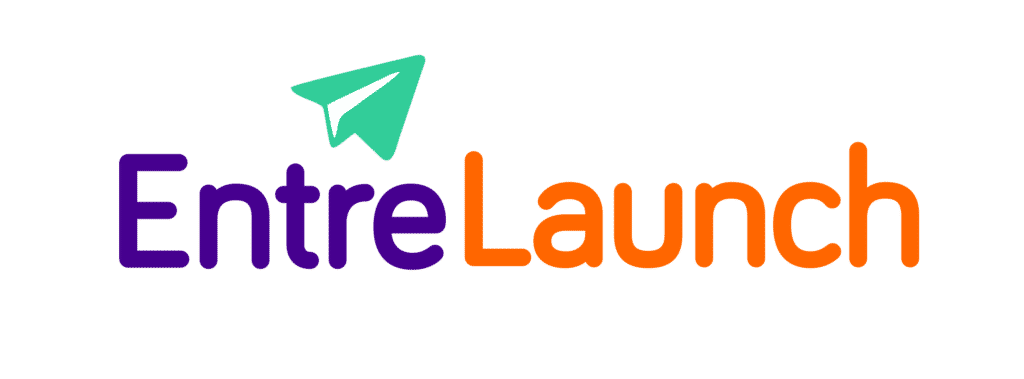Conducting Customer Discovery Interviews
Customer Discovery Interviews
Now that we have looked at the importance of customer discovery, it is time to look at how to conduct interviews to obtain the most value from your target customer. First we need to identify your customer.
Who Is Your Ideal Client?
Think of who is most likely to need or use your product or service? What can you say about this person? What are their habits? How much money do they make? Are they single? Married? Have a family?
Narrowing your focus allows you to concentrate on meeting the needs of a very specific market. This small group will be the ideal group to become early adopters and promote your product or service as major fans. This gives you traction into other markets. Now let’s take a closer look at how to identify your ideal customer. What key assumptions are you making about your customer? How will you provide this customer with a unique value proposition? Below is a list of some of the characteristics to consider when designing your ideal customer, or customer archetype.
- Age of customer
- Job or career (including income from same)
- Family Life (Single/Marrie/Dependents etc.)
- Habits (personal and work) and hobbies
- Lifestyle
- Description of customer – hair colour, weight, health, height, gender
- Geographic location
- Nationality
- Type of house and car (if any)
- Use of technology (if product involves tech)
- What problem or pain point are they struggling with (this is what you want to solve)
- Is this person an early adopter of new ideas or someone who waits to try something new?
As part of this week’s assignment, write a few paragraphs describing your ideal customer.
How Will Your Solution Affect Your Ideal Customer?
In addition to developing your Ideal Customer (Customer Archetype), you also need to look at how your proposed solution will affect your ideal client. Here are a few sample questions to consider.
- What is the existing solution
- How is your solution better than the existing solution?
- Are there existing systems that are limiting in function so your product provides a better solution?
- Does the user tend to be an early adopter of new technology, or a bandwagon follower joining after a product is tried and tested?
- How difficult is the process needed to adopt the new product or solution?
Conducting Client Interviews
Once you have identified your ideal customer, you will want to find people similar to the ideal customer to conduct customer discovery. There is a process involved in interviewing clients to ensure you receive open feedback (what you need to hear) versus leading feedback (what you want to hear). What is leading feedback? This is the feedback you receive when you ask friends and family their thoughts on your product or solution or when you ask questions designed to lead the ideal customer to give the answers you desire. Your friends and family will often try and support you telling you what you want to hear instead of what you need to hear.
Open feedback allows your ideal customer to freely express their thoughts and feelings as it relates to the problem you are addressing. Questions are not leading and instead designed to encourage openness. Here are a few samples to use when interviewing customers.
- State the problem you are addressing.
- Allow your ideal customer to validate the problem by confirming your stated problem is an issue.
- Ask your customer to identify existing solutions for the problem – what have they or their friends tried?
- Ask customer to identify solutions that did not work. Why did it not work?
- Describe a potential solution (avoid words like “My” or “Our”).
- Ask if this solution would solve the problem.
- Ask what would need to happen to make this solution work (do they need to learn new skills or change a habit)?
- Ask about costs related to solution. Would the customer adopt your solution if it was free? If it cost XXX dollars?
When asking your ideal customer questions, ensure to ask open-ended questions versus yes/no questions. An open-ended question requires the person to respond with a full sentence or thought instead of simply being able to answer yes or no. The best interview questions allow the customer to share a personal story about the problem you are trying to solve.
Key Assumptions
Now that you have spoke with a number of ideal customers, its time to make or revise your key assumptions. Take a few minutes to write down 3 or more key assumptions that are common to your customers.

